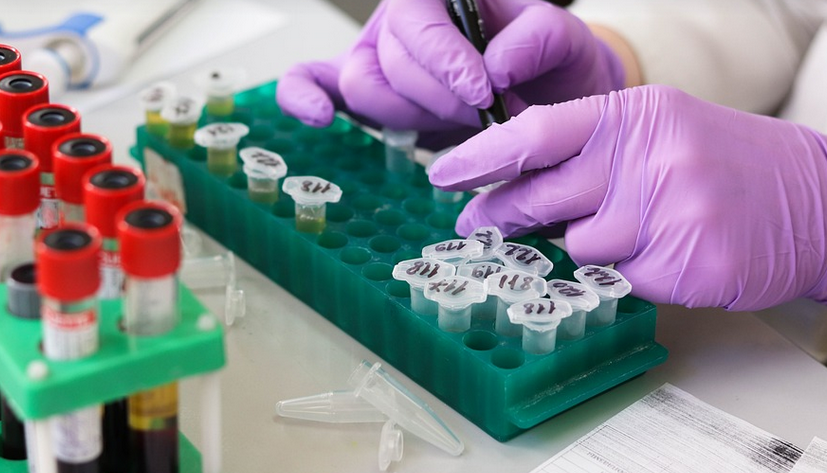Demystifying the Process of Inquiry
The scientific method is the bedrock of our understanding of the world. It’s a systematic approach that guides us from curiosity to knowledge, transforming abstract thoughts into concrete realities. But sometimes, especially when faced with complex issues or intricate experiments, it can seem like a maze. Whether you’re a budding scientist, an inquisitive student, or simply someone who wants to understand how the world works better, this review will demystify the process and equip you with the tools for success.
Imagine yourself holding your hands out, ready to dive into a vast ocean of information. The scientific method is like a compass, guiding you through the choppy waters towards meaningful discoveries.
A Step-by-Step Journey: Cracking the Code of Inquiry
The beauty of the scientific method lies in its simplicity yet profound depth. It’s not about following a rigid checklist; it’s about exploring, investigating, and building upon your curiosity with each step.
**1. Ask Your Question:** Begin by identifying a genuine area of interest. What questions are burning within you? Why do you want to explore this topic? The more specific your question, the easier it will be to answer.
**2. Conduct Research:** Dive into libraries, online resources, and expert opinions. Explore previous research on your topic, read articles, and gather a foundation of relevant information. Remember, effective research is about finding answers that support your initial inquiry, not just any random data.
**3. Formulate a Hypothesis:** This is the heart of the process – your proposed answer to the question. It’s an educated guess based on your research and what you believe could be true. A hypothesis should be testable, meaning it can be explored through experimentation.
**4. Design an Experiment:** The experiment will provide concrete evidence to support or refute your hypothesis. Think about how you can measure the variable of interest; ensure your procedure is clear and repeatable. Experimentation requires careful planning, but don’t let perfectionism stand in the way – start simple and expand as needed.
**5. Collect Data:** Now’s the time to put your hypothesis into action! Observe your chosen variables closely during the experiment. Record observations meticulously using diagrams and charts for better insights.
**6. Analyze Data:** The data you collected will reveal patterns, trends, and unexpected results. Look for connections between observations and use analytical tools like graphs and statistical calculations. Remember to be objective and stick to your hypothesis until proven otherwise.
**7. Draw a Conclusion:** Based on the analysis of your data, interpret your findings. Whether you found support for your hypothesis or it needs further investigation, write down your reasoning clearly.
**8. Communicate Your Findings:** Share your findings with others! This is where you get to communicate your discoveries and inspire others to explore similar areas. Writing a report, presenting at a conference, or even simply explaining your thought process to friends can be fulfilling and impactful.
Beyond the Basics: Embracing the Journey of Exploration
The scientific method is not just about following steps; it’s about continuous exploration and questioning.
**1. Embrace Revisionism:** Be willing to revisit your assumptions and hypotheses as you gather new information. The process of exploring often leads to unexpected outcomes, prompting further research and deeper understanding.
**2. Seek Feedback:** Don’t be afraid to share your findings with others who can offer valuable insights and perspectives. Their feedback can challenge your assumptions, lead you down new avenues of inquiry, and help you appreciate the broader context of your research.
**3. Encourage Collaboration:** Working with others on scientific projects is invaluable. It sparks creativity, challenges ideas, and increases the chance of generating truly innovative solutions.
**4. Stay Curious:** The world is brimming with endless questions waiting to be answered. Cultivate a lifelong thirst for knowledge and embrace the thrill of discovery – that’s what makes the scientific method so exciting!
The Power of Inquiry: Unlocking the Secrets of Our Universe
The scientific method empowers us to understand the world around us, from the smallest particles to the vast cosmos. It grants us the tools to explore, investigate, and challenge the status quo. Every step in this process leads us closer to knowledge, bridging the gap between curiosity and understanding.
As you embark on your scientific journey, remember: it’s not about finding answers; it’s about asking the right questions. The pursuit of knowledge is a lifelong endeavor – one that yields profound discoveries and inspires generations to come.
